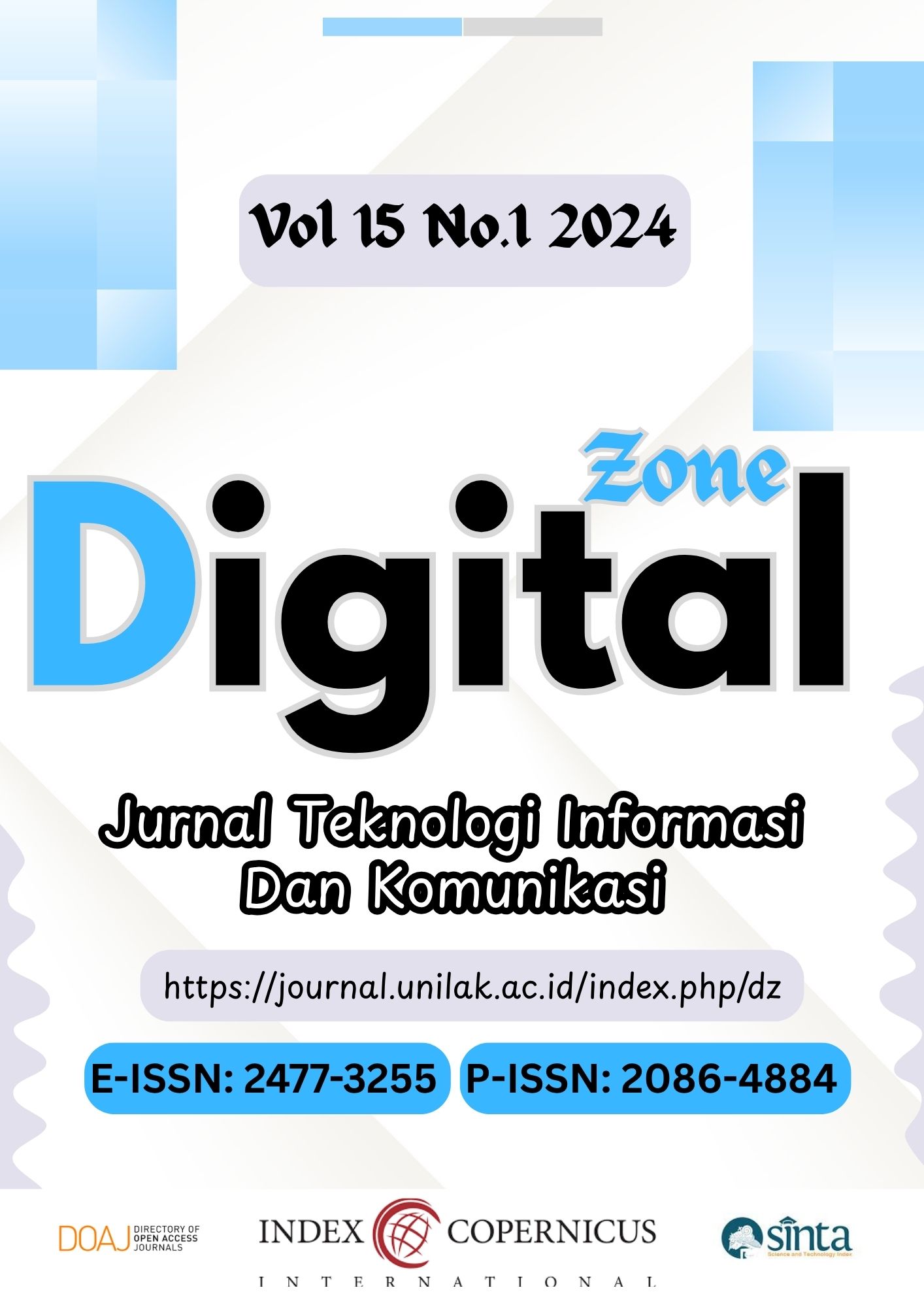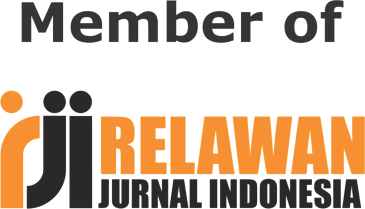Public-Private Collaboration to Overcome the Digital Divide in Digital Transformation of Government
DOI:
https://doi.org/10.31849/digitalzone.v15i1.17027Keywords:
Digital Divide, E-Government, Digital Transformation, Digital Inclusion, Digital LiteracyAbstract
The objective of this article is to explore the issue of the digital divide and how we can bridge it to overcome the challenge of digital transformation. We will start by examining the key factors that contribute to the issue of the digital divide, which include economic factors, accessibility of infrastructure and technology, and also digital literacy. We will explore the strategies and initiatives that need to be implemented to address these challenges and promote digital inclusion. Based on our research, we have argued that bridging the digital divide is not only limited to social justice and equity but is also a key driver for achieving economic growth and innovation. We will focus on how important it is to ensure that every citizen can access digital services equally. Also, they should be trained with the skills to use it effectively. Public-private collaboration is essential for bridging the digital divide in government digital transformation. This study identifies key strategies and outcomes of such collaborations, emphasizing their role in enhancing digital access and service delivery. Findings underscore the importance of partnership models in fostering inclusive and effective digital governance. So, overall, this article will provide a comprehensive overview of the digital divide, its challenges, and how we can solve these problems to create opportunities that will add value to the country's progress.
References
M. Harvey, D. P. Hastings, and G. Chowdhury, “Understanding the costs and challenges of the digital divide through UK council services,” J. Inf. Sci., 2021, doi: 10.1177/01655515211040664.
A. L. Lucendo-Monedero, F. Ruiz-Rodríguez, and R. González-Relaño, “Measuring the digital divide at regional level. A spatial analysis of the inequalities in digital development of households and individuals in Europe,” Telemat. Informatics, vol. 41, pp. 197–217, 2019, doi: 10.1016/j.tele.2019.05.002.
S. Pantea and B. Martens, “Has the digital divide been reversed?-Evidence from five EU countries,” Electron. Int. J. Time Use Res., vol. 11, no. 1, pp. 13–42, 2014, doi: 10.13085/eIJTUR.11.1.13-42.
R. E. Rice and K. E. Pearce, “Divide and diffuse: Comparing digital divide and diffusion of innovations perspectives on mobile phone adoption,” Mob. Media Commun., vol. 3, no. 3, pp. 401–424, 2015, doi: 10.1177/2050157915590469.
J. Bancroft, “Multiliteracy Centers Spanning the Digital Divide: Providing a Full Spectrum of Support,” Comput. Compos., vol. 41, pp. 46–55, 2016, doi: 10.1016/j.compcom.2016.04.002.
B. Yu, A. Ndumu, J. Liu, and Z. Fan, “E-inclusion or digital divide: An integrated model of digital inequality,” Proc. Assoc. Inf. Sci. Technol., vol. 53, no. 1, pp. 1–5, 2016, doi: 10.1002/pra2.2016.14505301099.
V. Singh and J. Chobotaru, “Digital Divide: Barriers to Accessing Online Government Services in Canada,” Adm. Sci., vol. 12, no. 3, 2022, doi: 10.3390/admsci12030112.
A. Thonipara, R. Sternberg, T. Proeger, and L. Haefner, “Digital divide, craft firms’ websites and urban-rural disparities—empirical evidence from a web-scraping approach,” Rev. Reg. Res., 2022, doi: 10.1007/s10037-022-00170-5.
F. Mubarak, R. Suomi, and S.-P. Kantola, “Confirming the links between socio-economic variables and digitalization worldwide: the unsettled debate on digital divide,” J. Information, Commun. Ethics Soc., vol. 18, no. 3, pp. 415–430, 2020, doi: 10.1108/JICES-02-2019-0021.
H. Kelly, F. Kennedy, H. Britton, G. McGuire, and J. Law, “Narrowing the ‘digital divide’—facilitating access to computer technology to enhance the lives of those with aphasia: a feasibility study,” Aphasiology, vol. 30, no. 2–3, pp. 133–163, 2016, doi: 10.1080/02687038.2015.1077926.
F. J. B. Pagán, J. L. Martínez, and M. C. C. Máiquez, “Internet use by secondary school students: A digital divide in sustainable societies?,” Sustain., vol. 10, no. 10, 2018, https://doi.org/10.3390/su10103703
J. Wen, H. Hussain, R. Jiang, and J. Waheed, “Overcoming the Digital Divide With ICT Diffusion: Multivariate and Spatial Analysis at China’s Provincial Level,” SAGE Open, vol. 13, no. 1, 2023, doi: 10.1177/21582440231159323.
J. Hellemans, K. Willems, and M. Brengman, “Covid-19 and mobile payment in Belgium: Closing the digital divide or just for the young, social, and impulsive?,” Electron. Commer. Res., 2022, doi: 10.1007/s10660-022-09655-4.
J. James, “Mobile Phone Use in Africa: Implications for Inequality and the Digital Divide,” Soc. Sci. Comput. Rev., vol. 32, no. 1, pp. 113–116, 2014, doi: 10.1177/0894439313503766.
C. Serrano-Cinca, J. F. Muñoz-Soro, and I. Brusca, “A Multivariate Study of Internet Use and the Digital Divide*,” Soc. Sci. Q., vol. 99, no. 4, pp. 1409–1425, 2018, doi: 10.1111/ssqu.12504.
M. Carrier, “English for the underserved: Closing the digital divide,” Training, Lang. Cult., vol. 2, no. 4, pp. 9–25, 2018, doi: 10.29366/2018tlc.2.4.1.
L. Abad, “Media literacy for older people facing the digital divide: The e-inclusion programmes design,” Comunicar, vol. 21, no. 42, pp. 173–180, 2014, doi: 10.3916/C42-2014-17.
K. P. Gupta, “Impact of digital divide on e-government use intention: Moderating role of socio-demographic factors,” Int. J. Electron. Gov., vol. 12, no. 3, pp. 224–245, 2020, doi: 10.1504/IJEG.2020.109833.
M. Moshe, T. Laor, and S. Friedkin, “‘Digital soap opera’ online radio listening patterns and the digital divide,” Isr. Aff., vol. 23, no. 2, pp. 361–384, 2017, doi: 10.1080/13537121.2016.1274511.
S.-Y. Shin, D. Kim, and S. A. Chun, “Digital divide in advanced smart city innovations,” Sustain., vol. 13, no. 7, 2021, doi: 10.3390/su13074076.
M. R. Qadikolaei, N. Zali, and A. Soltani, “Spatiotemporal investigation of the digital divide, the case study of Iranian Provinces,” Environ. Dev. Sustain., pp. 1–16, Apr. 2022, doi: 10.1007/s10668-022-02738-0.
L. S. Revenko and N. S. Revenko, “Digital Divide and Digital Inequality in Global Food Systems,” Vestn. Rudn. Int. Relations, vol. 22, no. 2, pp. 372–384, 2022, doi: https://doi.org/10.22363/2313-0660-2022-22-2-372-384
L. Deineko, O. Hrebelnyk, L. Zharova, O. Tsyplitska, and N. Grebeniuk, “DIGITAL DIVIDE AND SUSTAINABLE DEVELOPMENT OF UKRAINIAN REGIONS,” Probl. Perspect. Manag., vol. 20, no. 1, pp. 353–366, 2022, doi: 10.21511/ppm.20(1).2022.29.
J. Bokšová, M. Bokša, J. Horák, K. Pavlica, J. Strouhal, and S. Šaroch, “E-government services and the digital divide: A quantitative analysis of the digital divide between the general public and internet users,” J. Telecommun. Digit. Econ., vol. 9, no. 1, pp. 27–49, 2021, doi: 10.18080/JTDE.V9N1.301.
R. Tirado-Morueta, D. Mendoza-Zambrano, I. Marín-Gutiérrez, and M. Mendoza-Zambrano, “The relativity of sociodemographic determinism on the digital divide in high school students in Ecuador,” Int. J. Commun., vol. 11, pp. 1528–1551, 2017, [Online]. Available:
J. Bevacqua and V. Renolds, “The digital divide and taxpayer rights - Cautionary findings from the United States,” eJournal Tax Res., vol. 16, no. 3, pp. 714–736, 2019, [Online]. Available:
A. Gonzales, “The contemporary US digital divide: from initial access to technology maintenance,” Inf. Commun. Soc., vol. 19, no. 2, pp. 234–248, 2016, doi: 10.1080/1369118X.2015.1050438.
J. A. Yang and M. E. Grabe, “At the Intersection of the Digital Divide and the Knowledge Gap: Do Knowledge Domains and Measures Matter?,” Inf. Soc., vol. 30, no. 5, pp. 310–322, 2014, doi: 10.1080/01972243.2014.944729.
N. Kurmanov et al., “Digital Divide of Resource-Based (Oil and Gas) and Service-Dominated Regions,” J. Open Innov. Technol. Mark. Complex., vol. 8, no. 4, 2022, doi: 10.3390/joitmc8040184.
E. Pimenidis, A. B. Sideridis, and E. Antonopoulou, “Mobile devices and services: Bridging the digital divide in rural areas,” Int. J. Electron. Secur. Digit. Forensics, vol. 2, no. 4, pp. 424–434, 2009, doi: 10.1504/IJESDF.2009.027673.
S. McDonald and C. Wren, “Consumer Search Ability, Price Dispersion and the Digital Divide,” Oxf. Bull. Econ. Stat., vol. 79, no. 2, pp. 234–250, 2017, doi: 10.1111/obes.12151.
I. Lopez-Ercilla et al., “The voice of Mexican small-scale fishers in times of COVID-19: Impacts, responses, and digital divide,” Mar. Policy, vol. 131, 2021, doi: 10.1016/j.marpol.2021.104606.
V. Botrić and L. Božić, “The digital divide and E-government in European economies,” Econ. Res. Istraz. , vol. 34, no. 1, pp. 2935–2955, 2021, doi: 10.1080/1331677X.2020.1863828.
C. G. Reddick, R. Enriquez, R. J. Harris, and B. Sharma, “Determinants of broadband access and affordability: An analysis of a community survey on the digital divide,” Cities, vol. 106, 2020, https://doi.org/10.1016/j.cities.2020.102904
M. Büchi, N. Just, and M. Latzer, “Modeling the second-level digital divide: A five-country study of social differences in Internet use,” New Media Soc., vol. 18, no. 11, pp. 2703–2722, 2016, https://doi.org/10.1177/1461444815604154.
R. Mulero and A. Garcia-Hiernaux, “Forecasting unemployment with Google Trends: age, gender and digital divide,” Empir. Econ., 2022, doi: 10.1007/s00181-022-02347-w.









